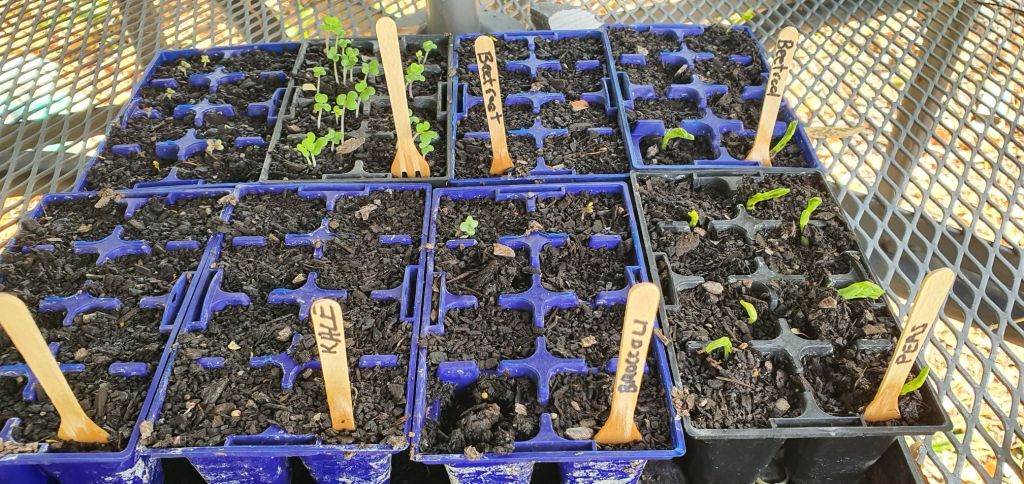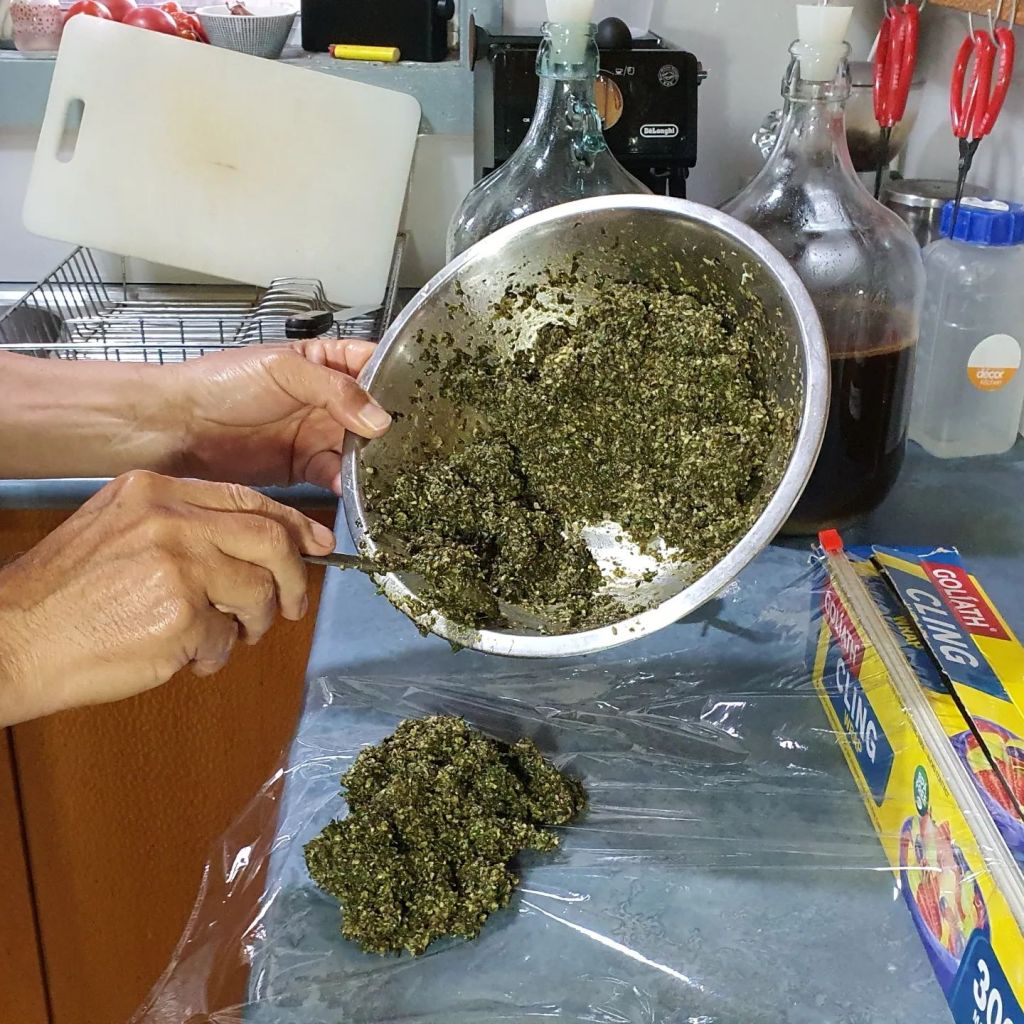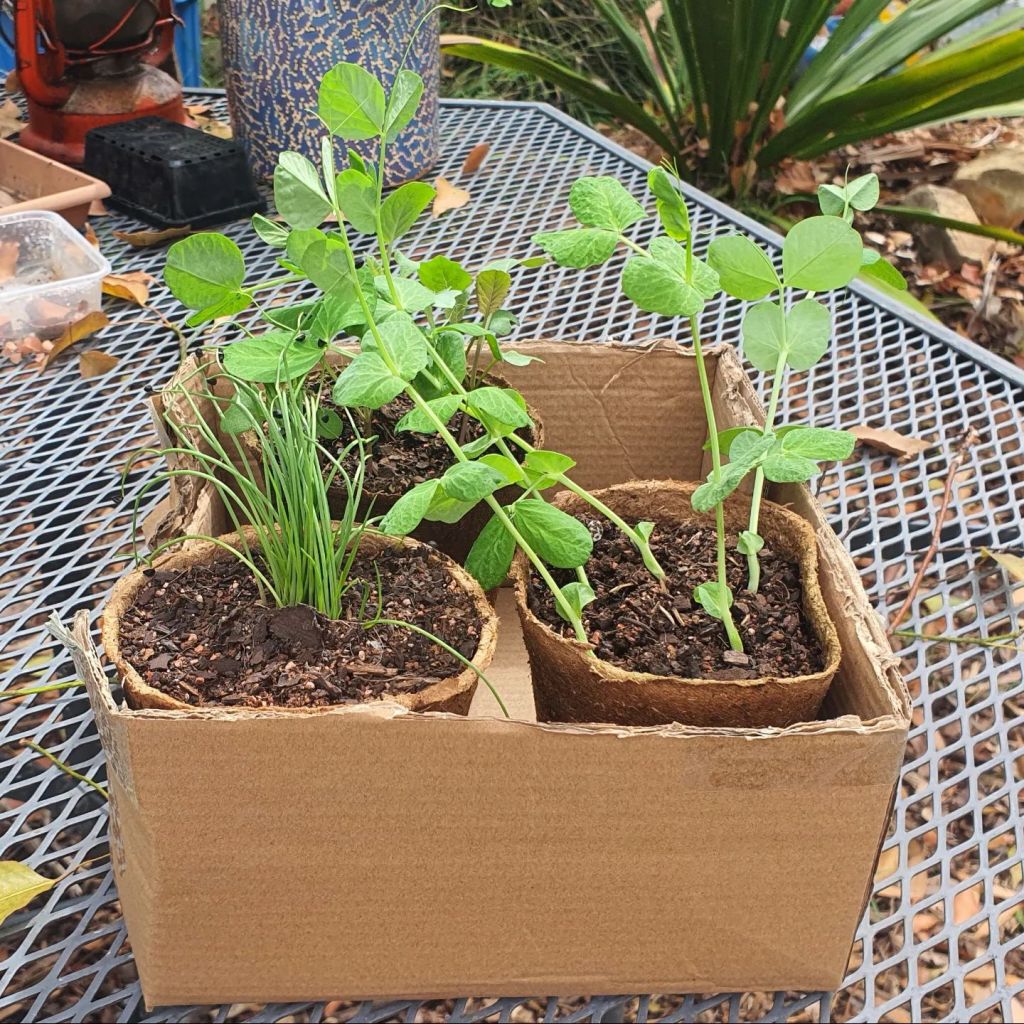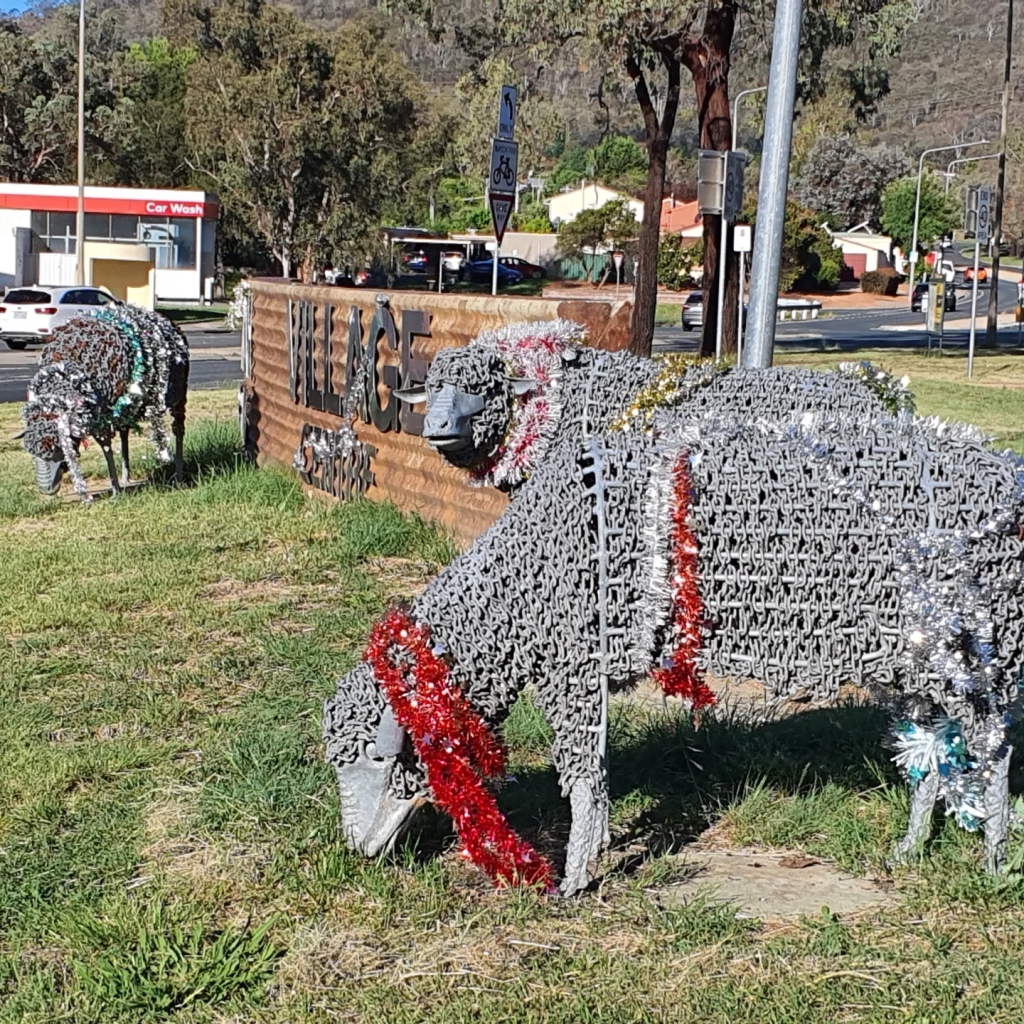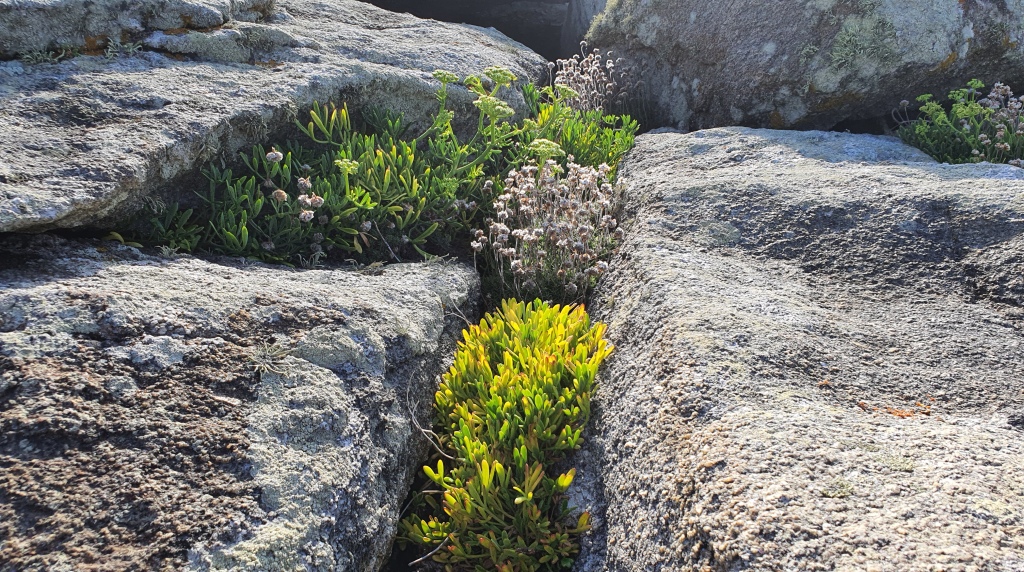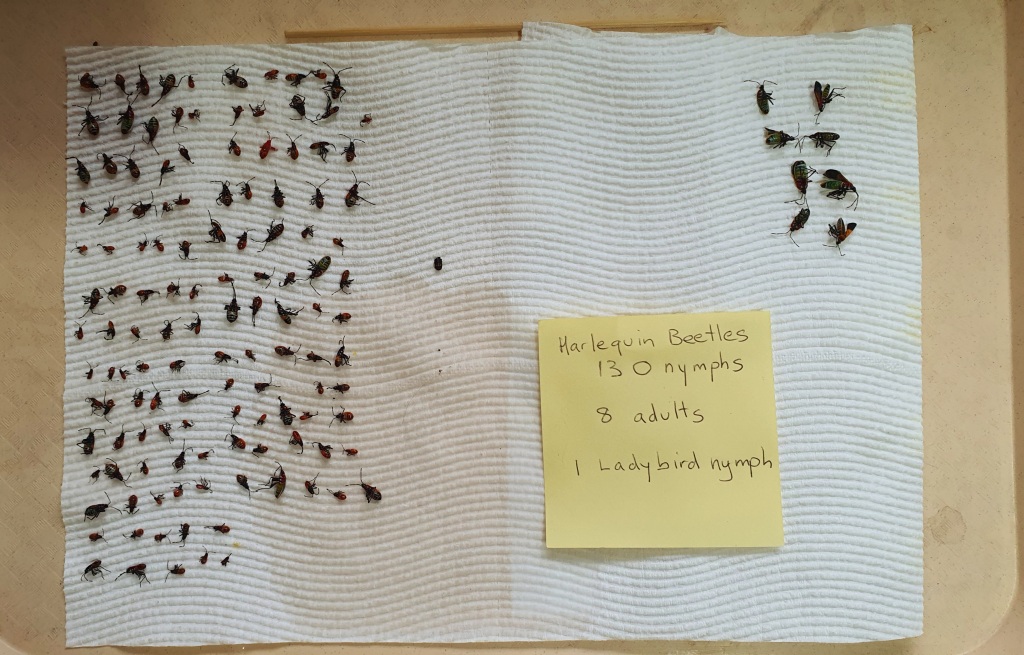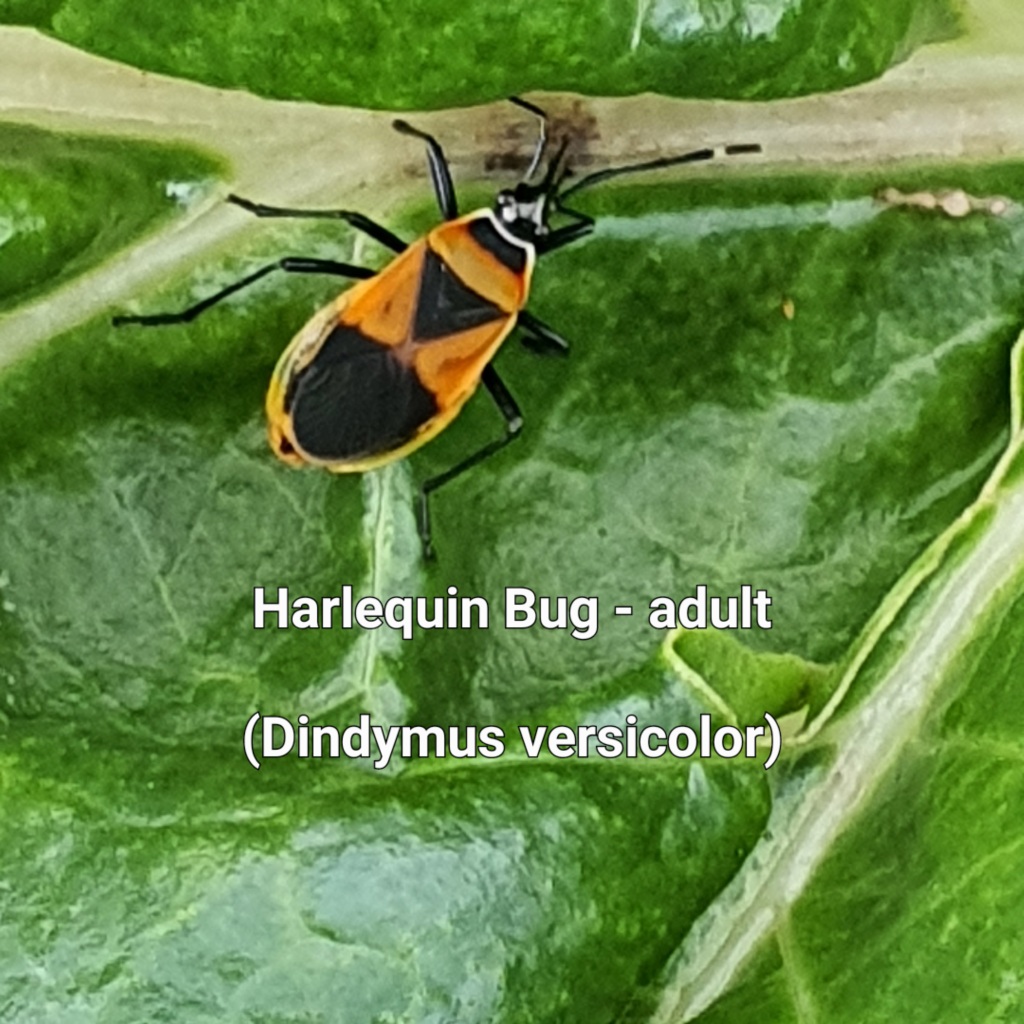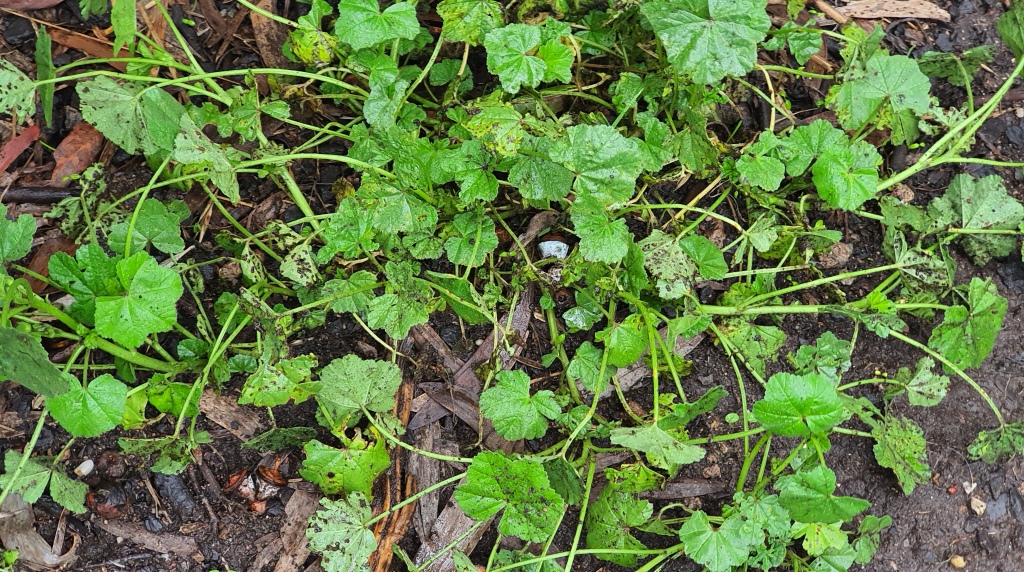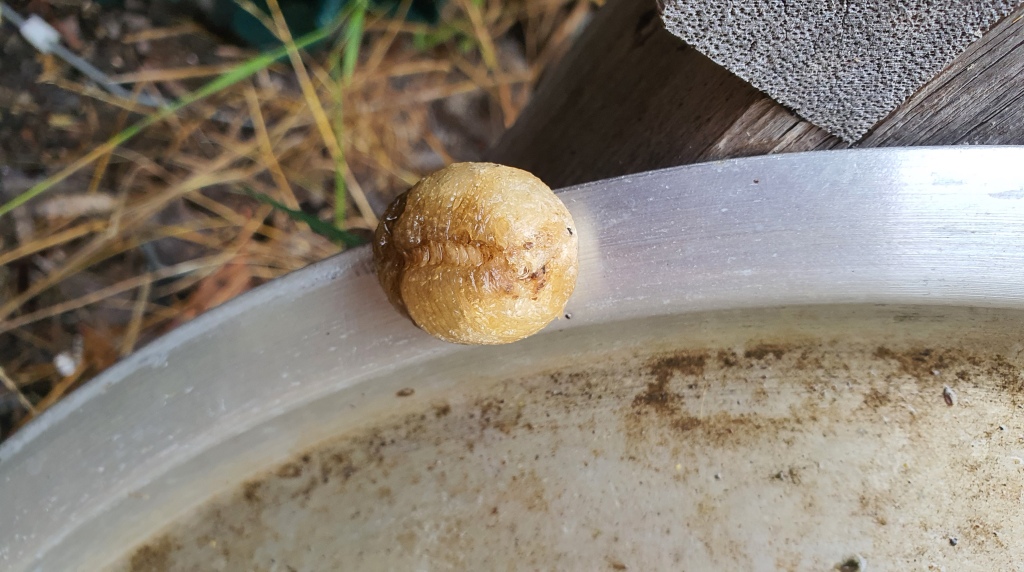It’s winter now in the Southern Hemisphere and our garden is reflecting that. The brassicas we planted a month or so ago are developing. Both our broccoli and our cauliflower are ‘hearting up’. Our silver beet is producing so many leaves and we have some self-sown red mustard growing as well.


I have planted out some seedling beetroot and turnips which are growing slowly. The beetroot is doing better. I also threw into the beds all the seedlings that I had growing on the assumption that they are more likely to survive in the ground than in small pots.
We are now spending more time on our next big garden project which is rebuilding our chicken run.
The demolition of the old run is complete and the timber for the new enclosure has arrived.

I am going to be pre-painting the timber with flour paint – a traditional paint recipe that has a lifetime of some 10-15 years. We will go with the traditional red oxide colour found on many old Scandinavian buildings.
In the meantime we are keeping warm, like this local magpie, sunning itself against our neighbours fence!
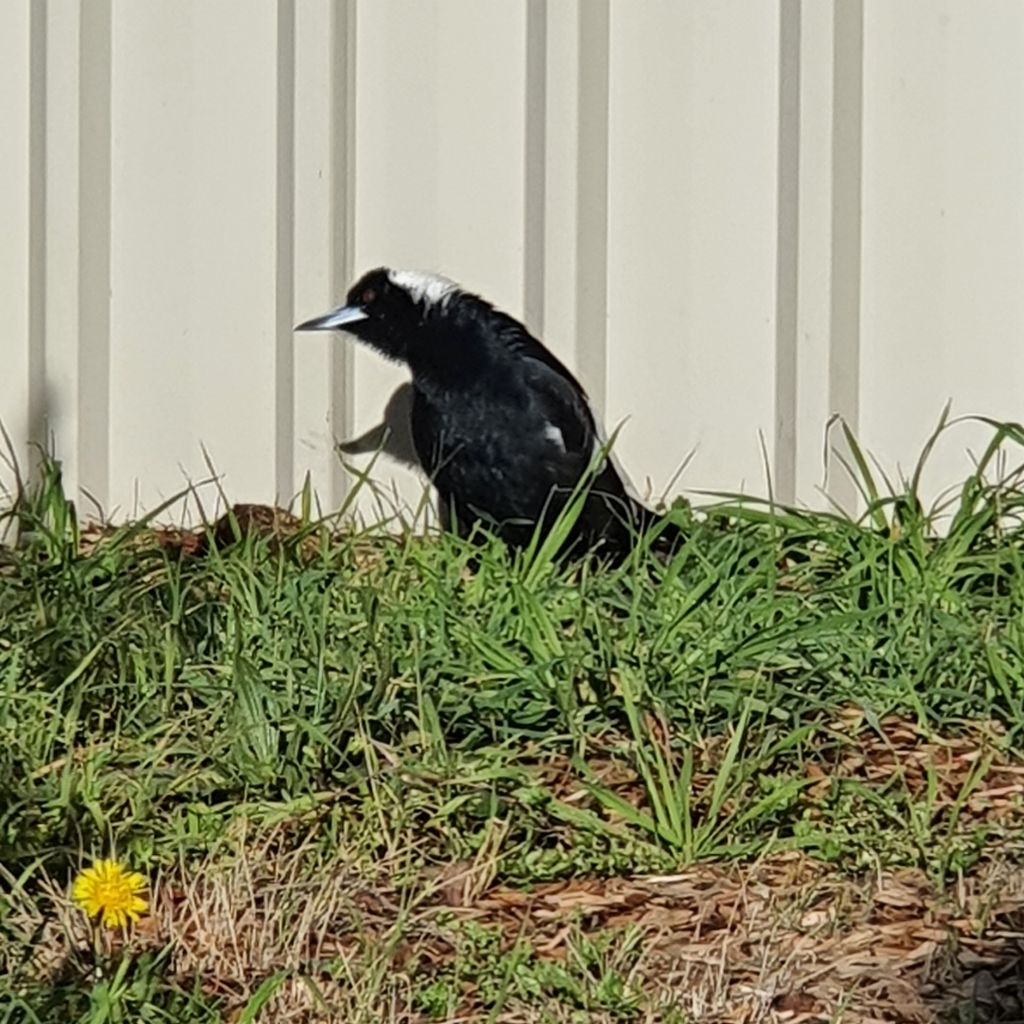
If you haven’t seen it already our May garden video is out on our Two Feral Gardeners YouTube channel. You can see the progress we are making on the chicken run demolition.







